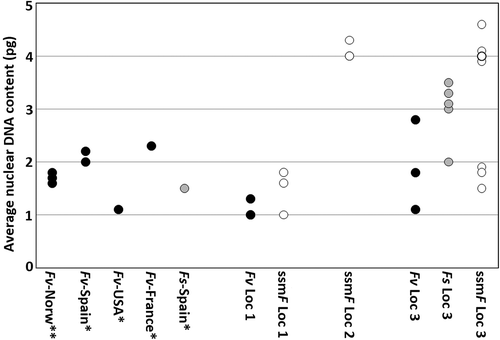Figures & data
Fig. 1. Co-occurring morphological forms. Individuals of small salt marsh Fucus with narrow thalli adjacent to F. spiralis with broader thalli and receptacles (examples shown by arrows) at Locality 3 (Achill Sound) in June 2014.
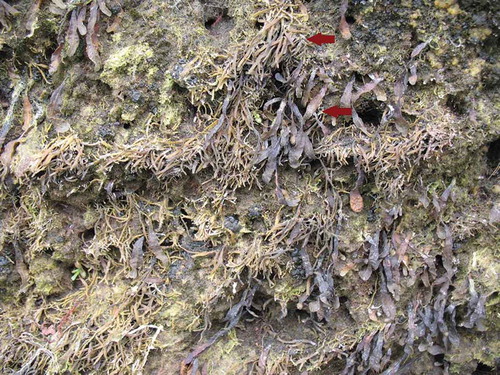
Fig. 2. Sample localities in Ireland. Fucus spp. were sampled during 2012 and 2014 at Locality 1 (Illaunnginga), Locality 2 (Clifden) and Locality 3 (Achill Sound).
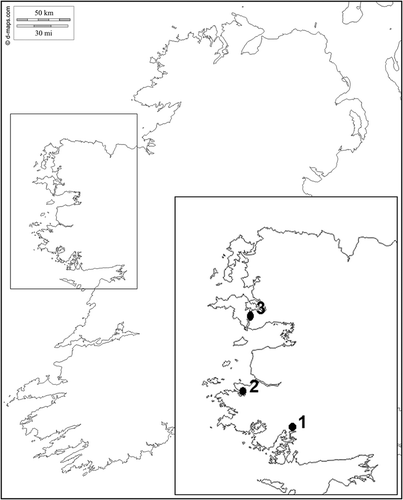
Table 1. Sampling specifics. Dates of field sampling, taxa sampled and numbers of individuals per taxon examined or processed are presented for: Fucus spiralis (Fs), F. vesiculosus (Fv) and small salt marsh Fucus (ssmF).
Figs 3–5. Small salt marsh Fucus with receptacles from: Fig. 3. Locality 1 (Illaunnginga), Fig. 4. Locality 2 (Clifden) and Fig. 5. Locality 3 (Achill Sound). Scale bar is 1 cm.
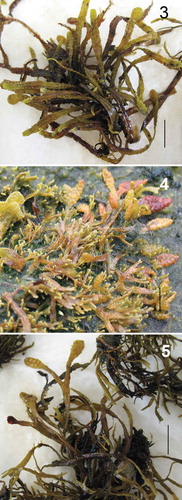
Table 2. Calculated FIS, Hexp and allelic richness (Å) for n individuals from populations of Fucus spiralis (Fs), F. vesiculosus (Fv) and small salt marsh Fucus (ssmF) from Locality 2 (Clifden) and Locality 3 (Achill Sound).
Table 3. Pairwise FST values comparing populations of Fucus spiralis (Fs), F. vesiculosus (Fv) and small salt marsh Fucus (ssmF) from Locality 2 (Clifden) and Locality 3 (Achill Sound).
Table 4. Overview of results from estimated nuclear DNA content from Localities (Loc.) 1 (Illaunnginga), 2 (Clifden) and 3 (Achill sound) of small salt marsh Fucus (ssmF), F. vesiculosus (Fv) and F. spiralis (Fs).
Figs 6–11. Conceptacle structure and germling growth. Fig. 6. Mature oogonium containing egg cells ready to be released; Figs 7-8. Antheridia (Fig. 7) and germlings (Fig. 8) after 6 days in culture from Locality 1 (Illaunnginga) (possible damage to the attachment rhizoids due to transfer to microscope slide). Fig. 9. Immature oogonia from Locality 2 (Clifden). Fig. 10. Immature oogonia. Fig. 11. Antheridia both from Locality 3 (Achill Sound). Scale bar is 50 μm.
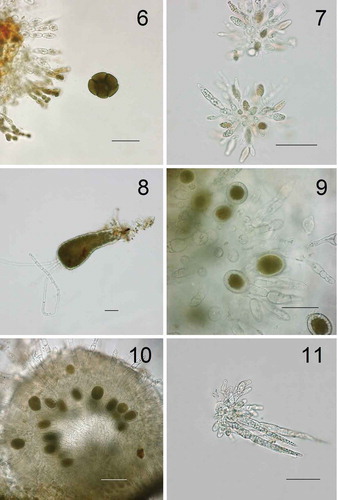
Fig. 12. Results from STRUCTURE (A) and INSTRUCT (B) analyses with K = 2; and from INSTRUCT analysis with K = 3 (C). Localities 2 and 3 consist of individuals sampled as Fucus spiralis (Fs), F. vesiculosus (Fv) and small salt marsh Fucus (ssmF). Each individual is represented by a bar and colours represent the proportional assignment to the STRUCTURE/INSTRUCT groups.
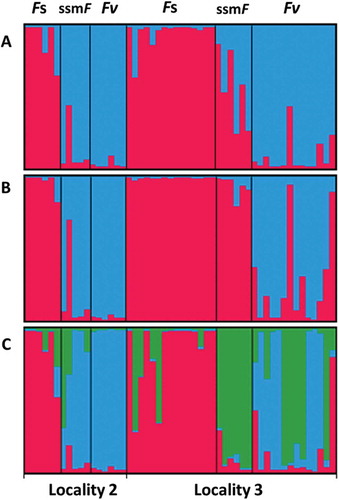
Fig. 13. The two first principal components (PC) of a Principal Component Analysis showing genetic affiliation of haplotype composition of ssmF (blue), F. vesiculosus (ves) (green) and F. spiralis (spi) (orange-red) from Locality 2 (Loc2) and Locality 3 (Loc3). The circles represent 95% inertia ellipses for the populations, which characterizes the dispersion of each population around its centre of gravity. Percentages along axes indicate the proportion of overall variability explained by the principal components.
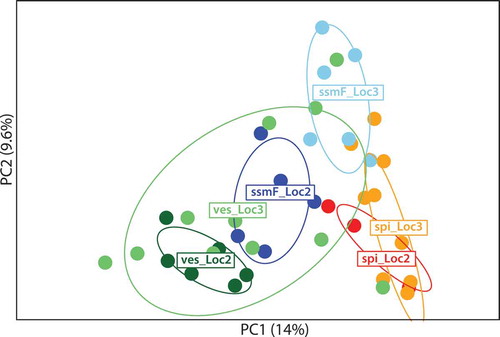
Fig. 14. Average nuclear DNA content (2C; pg) in Fucus vesiculosus (Fv, black circles), F. spiralis (Fs, grey circles) and small salt marsh Fucus (ssmF, white circles). Data from Illaunnginga (Locality 1), Clifden (Locality 2) and Achill Sound (Locality 3) are shown, together with unpublished data from Norway (**) and earlier published data (*) from Spain (Gómez Garreta et al., Citation2010), USA (Kapraun, Citation2005) and France (Phillips et al., Citation2011, recalculation from Peters et al., Citation2004).
